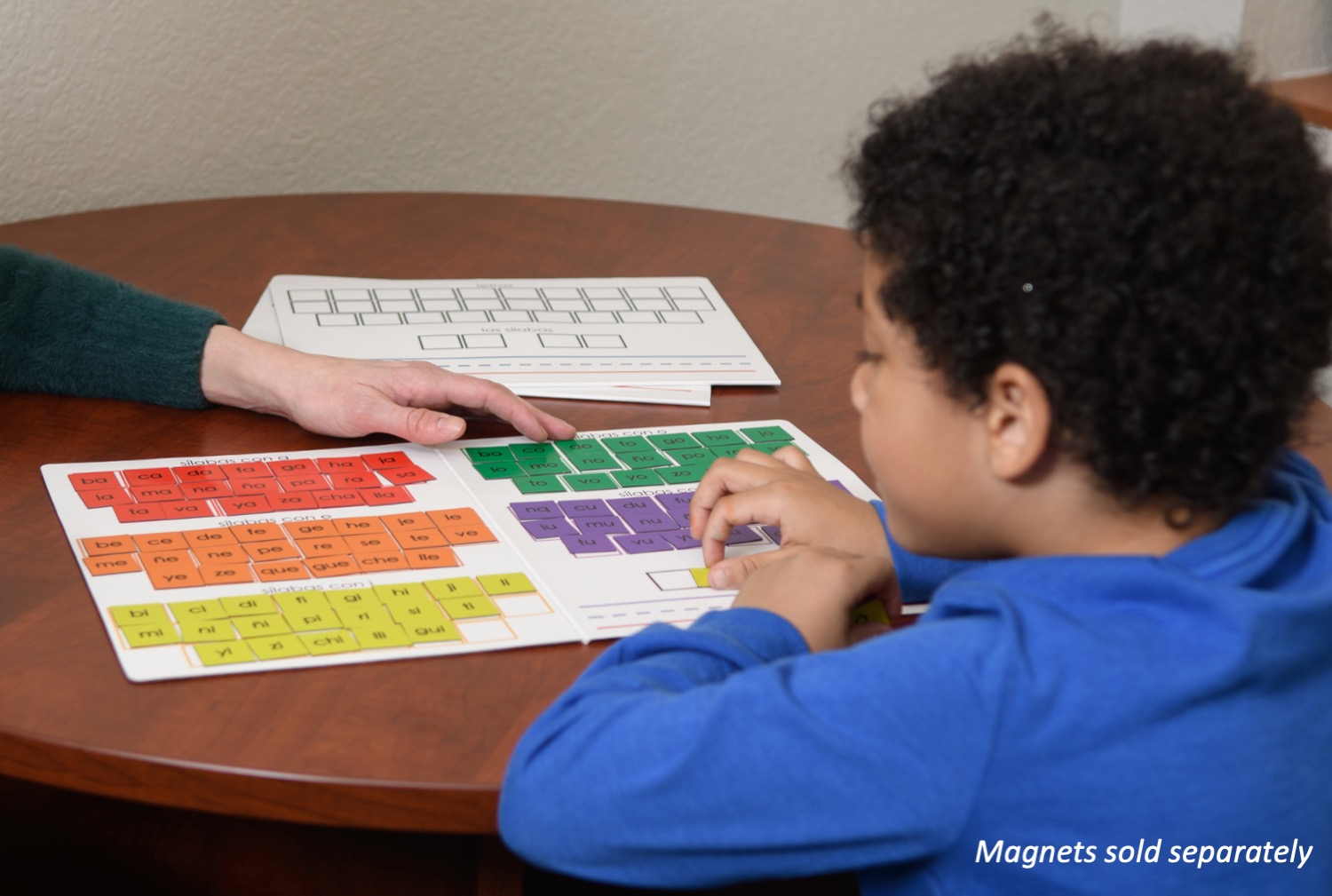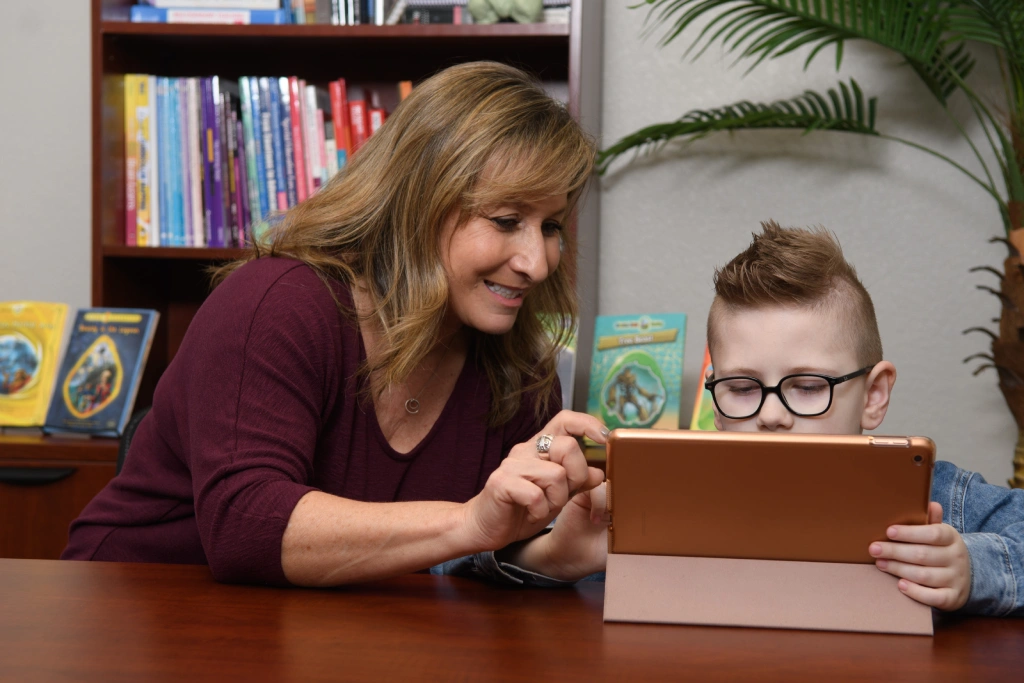Storytelling has been an integral part of human culture for centuries. It’s a powerful tool that not only entertains but also educates. From ancient cave paintings to digital narratives, storytelling has evolved but its essence remains unchanged; it connects people and passes knowledge from one generation to the next. In the context of education, storytelling plays a significant role in developing literacy skills. By tapping into the natural affinity humans have for stories, educators can use storytelling as a means to engage students deeply and facilitate learning. This article explores how storytelling can enhance creative writing, improve reading comprehension, and foster a love for literature among students.
What is Storytelling?
Storytelling is the art of conveying events, real or imagined, through words, images, and sounds. It involves a narrator and an audience, where the narrator crafts a narrative to engage and communicate with the listeners. Storytelling can be oral, written, or digital, and it can take many forms, from fairy tales and myths to novels and films. Storytelling transcends mere entertainment; it serves as a vehicle for transmitting cultural values, historical events, and personal experiences.
The scope of storytelling in today’s world has expanded with technological advancements. Digital platforms have transformed traditional storytelling into interactive experiences, allowing for greater audience engagement. Whether through podcasts, blogs, or social media, modern storytelling adapts to the changing landscape while maintaining its core purpose: to connect and communicate. Understanding the multifaceted nature of storytelling helps educators harness its potential in fostering literacy.

Enhancing Creative Writing Through Storytelling
Sparking Imagination and Creativity
Storytelling is a catalyst for imagination. When students listen to stories, they visualize the characters, settings, and events, which stimulates their creative thinking. This imaginative process is crucial for creative writing, where students must construct their own narratives. By engaging with stories, students learn to think outside the box, generate unique ideas, and express them in writing.
Exposure to diverse stories encourages students to explore different genres and themes, broadening their imaginative horizons. When students are inspired by stories, they are more inclined to take creative risks in their writing. This willingness to explore and experiment is fundamental in developing a strong voice as a writer. Storytelling thus acts as a bridge, connecting students’ imagination with their ability to articulate thoughts on paper.
Understanding Narrative Structure
Understanding the structure of a story is fundamental to creative writing. Stories typically follow a pattern: introduction, rising action, climax, falling action, and resolution. By analyzing stories, students learn to recognize these elements, which they can then apply to their writing. This knowledge helps them create well-organized and compelling narratives.
Learning narrative structure also aids students in understanding pacing and tension within a story. By dissecting well-crafted stories, students gain insights into how authors build suspense and create satisfying conclusions. This analytical skill is transferable to their own writing, enabling them to craft stories that captivate readers. Mastery of narrative structure empowers students to move beyond simple storytelling, allowing them to experiment with non-linear narratives and complex plots.
Developing Vocabulary and Language Skills
Storytelling exposes students to a wide range of vocabulary and language styles. As they listen to or read stories, they encounter new words and phrases, which they learn to incorporate into their writing. This exposure enhances their vocabulary and improves their overall language skills, making them more effective communicators.
The varied language used in stories, from dialogue to descriptive passages, provides students with examples of how language can be used creatively and effectively. Exposure to different linguistic styles encourages students to experiment with their writing, enhancing their ability to convey ideas precisely and vividly. Furthermore, a richer vocabulary equips students with the tools necessary to express complex thoughts and emotions in their writing, making their narratives more engaging and nuanced.
Improving Reading Comprehension
Active Listening and Engagement
Storytelling requires active listening, which is a critical component of reading comprehension. When students listen to a story, they must focus on the narrative, follow the plot, and understand the characters’ motivations and actions. This practice helps them develop the skills needed to comprehend written texts effectively.
Active listening during storytelling sessions encourages students to engage with the content deeply, asking questions and seeking clarification when needed. This interactive process promotes critical thinking and enhances their ability to analyze and interpret texts. As students become more adept at active listening, they can transfer these skills to reading, allowing them to extract meaning and insight from complex texts.
Making Connections and Predictions
During storytelling, students often make connections between the story and their own experiences, other stories, or world events. They also make predictions about what might happen next in the story. These activities enhance their ability to understand and interpret texts, as they learn to draw inferences and anticipate outcomes based on context.
Connecting stories to personal experiences helps students relate to the material on a deeper level, making it more memorable and impactful. This connection fosters a greater understanding of the narrative and aids in retention of information. Making predictions engages students’ critical thinking skills, encouraging them to think ahead and consider possible plot developments. This skill is crucial in reading comprehension, as it helps students actively engage with the text and anticipate the author’s direction.
Analyzing Characters and Themes
Storytelling encourages students to analyze characters and themes, which deepens their comprehension. By discussing characters’ actions and motivations, students learn to understand different perspectives and human behaviors. Exploring themes helps them grasp the underlying messages and moral lessons in stories, which they can apply to their reading.
Character analysis fosters empathy, as students learn to appreciate the complexities and motivations behind characters’ actions. This understanding is essential for interpreting literature, as it allows students to see beyond the surface and engage with the deeper meanings within a text. Theme exploration encourages students to think critically about the broader implications of a story, prompting them to consider how these themes relate to their own lives and the world around them.
Fostering a Love for Literature
Creating Emotional Connections
Stories often evoke emotions, whether it’s joy, sadness, fear, or excitement. When students connect emotionally with a story, they become more invested in the narrative and are more likely to develop a love for reading. This emotional engagement is a powerful motivator that can inspire a lifelong passion for literature.
Emotional connections to stories make the reading experience more personal and meaningful. When students identify with characters or situations, they are more likely to seek out similar stories, expanding their literary horizons. This emotional investment transforms reading from a passive activity into an active, engaging pursuit, encouraging students to explore a wide range of genres and authors.
Encouraging Empathy and Understanding
Storytelling exposes students to diverse cultures, experiences, and perspectives. By experiencing stories from different viewpoints, students develop empathy and understanding for others. This exposure broadens their worldview and encourages them to explore literature that reflects a wide range of human experiences.
Reading about characters from varied backgrounds helps students appreciate the richness and diversity of human experience. This exposure challenges stereotypes and fosters open-mindedness, encouraging students to approach literature with curiosity and respect. Empathy cultivated through storytelling can extend beyond the classroom, promoting a more inclusive and compassionate society.
Building Confidence and Communication Skills
Participating in storytelling, whether as a listener or a narrator, builds confidence and improves communication skills. Students learn to express themselves clearly and confidently, whether they’re sharing their own stories or discussing literature. This confidence translates to their reading and writing abilities, making them more proficient and enthusiastic learners.
Engaging in storytelling activities encourages students to articulate their thoughts and ideas effectively, enhancing their verbal and written communication skills. Confidence gained through storytelling can empower students to participate more actively in discussions, presentations, and collaborative projects. This skill set is invaluable, providing a foundation for success in both academic and personal endeavors.

Integrating Storytelling in Education
Storytelling in the Classroom
Teachers can integrate storytelling into the curriculum in various ways. They can read stories aloud, encourage students to share their own stories, or use digital storytelling tools. These activities engage students, making learning more interactive and enjoyable.
Interactive storytelling sessions can be tailored to different subjects, from history to science, making lessons more relatable and memorable. By incorporating storytelling into the classroom, teachers can create a dynamic learning environment that fosters creativity and critical thinking. Encouraging students to contribute their stories empowers them, giving them ownership of their learning and boosting their confidence.
Encouraging Family Storytelling
Storytelling doesn’t have to be confined to the classroom. Encouraging families to share stories at home can strengthen literacy skills and family bonds. Parents can read bedtime stories, share personal anecdotes, or discuss books with their children, creating a supportive literacy environment.
Family storytelling nurtures a sense of belonging and cultural continuity, as stories passed down through generations preserve family history and traditions. This practice not only enhances literacy skills but also fosters a love for reading by making it a shared, enjoyable activity. By integrating storytelling into family routines, parents can reinforce the literacy skills learned at school and inspire a lifelong appreciation for literature.
Utilizing Technology for Storytelling
In today’s digital age, technology offers new opportunities for storytelling. Students can create digital stories using videos, podcasts, or interactive media. These platforms allow them to experiment with different storytelling techniques and reach a broader audience, enhancing their literacy skills in the process.
Digital storytelling tools empower students to be creators, combining text, images, and sound to craft compelling narratives. This multimedia approach caters to different learning styles and encourages students to explore innovative ways to express their ideas. By embracing technology, educators can equip students with the skills needed to navigate and thrive in a digital world, where storytelling continues to be a vital form of communication.
Conclusion
Storytelling is a powerful educational tool that can significantly enhance literacy skills. By engaging with stories, students develop creative writing abilities, improve reading comprehension, and foster a love for literature. As educators and parents, it’s essential to recognize the value of storytelling and incorporate it into learning experiences. By doing so, we can help students become more literate, empathetic, and confident individuals.
The enduring power of storytelling lies in its ability to connect people and convey complex ideas in an accessible way. When integrated thoughtfully into education, storytelling has the potential to transform learning, making it more engaging and meaningful. By prioritizing storytelling in educational settings, we can nurture a generation of thinkers, creators, and compassionate individuals, equipped with the skills needed to succeed in a rapidly changing world.
Contact PDX Reading Specialist for a Comprehensive Assessment
If you’re interested in enhancing literacy skills through storytelling and want to explore tailored strategies for your educational needs, we encourage you to reach out to the PDX Reading Specialist. A comprehensive assessment can provide valuable insights and personalized recommendations to help you or your students thrive in their literacy journey. Don’t hesitate to take the next step towards fostering a love for reading and storytelling!

